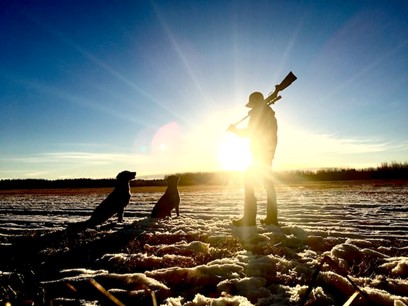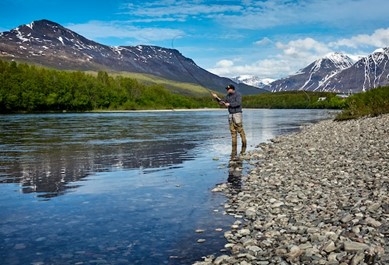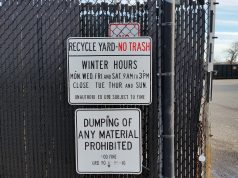Rodger Gehring is an avid outdoorsman who enjoys spending time in the mountains of Pennsylvania. In the following article, Officer Rodger Gehring discusses how individuals can balance their recreational activities with natural conservation efforts in the great outdoors.
The summer of 2020 saw the management of outdoor recreation become a significant issue when referring to the long-term consequences of human activity on protected species and habitats. Officer Rodger Gehring explains that achieving this balance has always been a challenge but tackling it has taken center stage for many decision-makers as the climate crisis rages on.
Regardless of the season, people enjoy outdoor sports and recreational activities like open-water swimming, hiking, snowboarding, skiing, abseiling, rock climbing, and more. Despite the seemingly harmless nature of such sports, individuals unknowingly may harm the nature and wildlife they wish to enjoy.
Rodger Gehring says that understanding the implications of such activities and ensuring policymakers implement tools and resources to reduce the risks are essential to the planet’s well-being.
Balancing Conservation and Recreation by ICF
The topic gained traction less than three years ago, and many organizations have been pushing the matter ever since. It became such a valued problem that the California Fish and Wildlife Journal released a special issue on the mater.
Authored by the incredible staff at ICF, the article outlines the tools available to achieve conservation alongside considering outdoor recreation when managing natural resources and wildlife in public open spaces.
Rodger Gehring says that places across the United States of America risk having insufficient land set aside for the myriad of habitat-dependent species, human recreation, and increasing conflicts between recreation and conservation ideals.
With the population of most states on a steady rise and the natural diversity that brings many tourists to the land, outdoor recreation is only set to expand according to Officer Rodger Gehring. But new technology and equipment must be implemented to allow for the expansion and the ever-increasing number of offered activities.
These Challenges Need Addressing
Whether backpacking, horseback riding, trail running, fishing, camping, skiing, or other activities, they’re all considered vital for human mental and physical health. However, Officer Rodger explains that participators are generally attracted to areas that harbor a wide range of animal and plant communities, challenging these conservation efforts.
Ultimately, such issues need to be faced and managed to preserve the natural landscape throughout the nation while fueling people’s healthy outdoor habits.
Luckily, experts say that certain tools and resources can do exactly that.
 Working with Ecologists and Land Planners Proves Essential
Working with Ecologists and Land Planners Proves Essential
The first step toward balancing both sides of the coin is conservation and recreation stakeholders working with land planners and ecologists. Industry insiders state the collaboration will ensure recreational usage is planned for in a way that strikes a balance between habitat and species protection and people’s access to outside.
On the surface, Rodger Gehring says that such teamwork seems simple. But, like most things, it’s easier said than done. All parties need to make data transparent and remember the cruciality of educating the public during the process — two tasks not everyone wants to uphold.
That said, early communication could be the quickest way to ensure a conservation-recreation balance. Including stakeholders, managers, and land planners throughout the planning phase is vital to reducing conflicts, decreasing the loss of species, increasing recreational experiences, and using the best science.
Habitat Conservation Plans Are Vital
Habitat conservation plans (HCPs) should play an essential part in balancing the often competing requirements of recreation and conservation.
Officer Rodger Gehring says that one major example of HCPs working effectively to bridge the gap between conservation and recreation mindsets was Coachella Valley’s plans. The plan involved creating a forum to receive input from local users and governments and inform the community about management activities.
On top of that, it crafted a trail management working group comprising trail users, representatives from the cities stated within the HCP, Native Americans, environmentalists, and biologists. The individuals collaborated to form a shared understanding of balancing conservation with recreational trail usage.
By working together, Rodger Gehring says that the adaptive management approach outlined in the conservation plan came to fruition, relying on the best available science to make well-informed decisions on trail closure times to preserve the wild grazing bighorn sheep habitat.
The same team also educated non-involved members on the importance of sticking to the closure times, which aided the community’s acceptance of the new legislation.
The Balanced Scale: Collaboration is Key
Ultimately, stakeholders and industry participants from both sides of the coin need to work together to achieve the somewhat elusive balance between recreation and conservation in the USA.



 Working with Ecologists and Land Planners Proves Essential
Working with Ecologists and Land Planners Proves Essential


